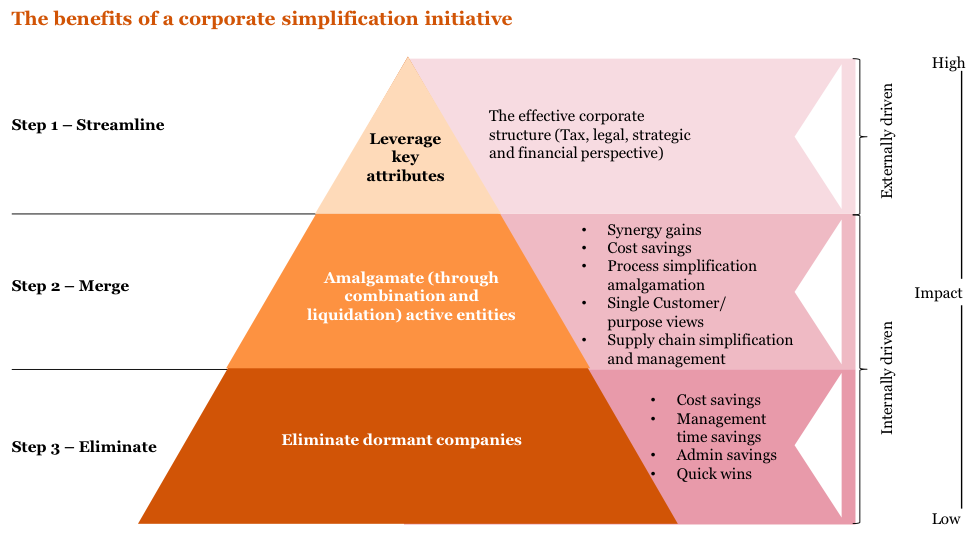When I started as director of marketing at RWH Myers, I asked a lot of questions of the partners. With the firm specializing in loss accounting, I wanted to understand the most important attributes in a successful claim. What I learned seemed too obvious at first, but I soon discovered why each component was essential.
The five keys to successful claims are not rooted in complex business interruption equations or piles of documentation. They are critical fundamentals. Fundamentals in any endeavor are easily missed and hard to execute without practice. But if you master the fundamentals, you'll be on your way to a positive outcome. Get them wrong, and you'll struggle to recover what you deserve.
When millions of dollars are on the line, risk management cannot afford to come up short on recovery. Our firm exists to help policyholders in their attempt to be made whole after a loss, so we thought it would be valuable to share what we found to be most important.
Here are the five keys to successful claims:
- Define the Claim's Priorities
When you have a loss, it is important for everyone to understand what is important to the organization at that time. Is it the recovery amount? Is it the speed of settlement? Is it a smooth process? Is it cash flow? Is it resource relief? It may be all of these and more.
Risk managers should discuss the priorities with executives and other key personnel to ensure all considerations are accounted for. When cash flow is critical, the claim preparation strategy should incorporate interim claim filings. If the primary need is to get the loss off the books before financial reporting, the strategy may focus on speed of settlement.
Knowing the priorities of the organization will enable a claim strategy that can meet those needs. As the old saying goes, "If you don't know where you are going, any road will take you there." With a property and business interruption claim, everyone involved needs to know where to go.
- Have the Right Team in Place
If you've been through a significant property claim, you know that your insurer(s) will have a team of experts whose job it is to adjust and audit your claim filings. Their goal is not to pay out the claim amount. It is to minimize the exposure to the underwriter to preserve profitability. Insurance companies are for-profit enterprises, and they take their profits seriously.
Knowing what their priorities are should reinforce the need to have a skilled team representing you. You will undoubtedly need to involve internal personnel to assist you, but know that they do not have the experience to match the insurers team's acumen.
It is in your best interest to assemble your own team of experts ahead of a loss. Savvy policyholders may specify certain adjusters to be written into the policy in an effort to minimize potential claim issues. No matter what, you should avoid relying on the insurer's forensic accountants' calculations as the measure of your losses. An independent loss accounting firm can not only provide you with an accurate loss valuation but will be instrumental in guiding the claim to meet your goals.
Experience matters greatly, and you will need it to ensure success. Professional fees coverage is available for this service. It is there to pay for the experts you'll need. Take advantage of it. Having your team in place in advance will make a big difference.
- Develop a Claim Strategy
The claim process involves many activities that could be daunting and burdensome to everyone in your organization, but the demand to achieve your priorities is relentless. It is critical to develop an effective strategy to get the best results from your claim. Engaging experts can help develop your strategy as they will know the obstacles you will face and can plan for them. The strategy should incorporate your priorities and the steps to achieve them. It should involve analyzing possible adjustments and ways to overcome them.
To keep the claim moving, create a timetable that maps each milestone. It should include request for information (RFI) responses and feedback, interim claim filings and audit results, periodic meetings and requested settlement date.
Don't rely on hope or faith that your carrier will do the right thing. The carrier will do what's right for it, not for you. Engage your experts immediately after a loss so that they can be involved in the design and execution of your strategy from the onset. If you are looking to recover millions of dollars, you better have a solid plan to do so.
- Give the Claim Appropriate Attention
At the beginning, claims get a lot of attention, but, as time passes, other items will distract from your claim. Managing an insurance claim is not a normal part of the job for anyone involved unless that is their job. For the insurer's team, managing the claim is their job. It's what they do everyday.
If you engage a loss accounting firm that specializes in preparing claims for policyholders, the firm will help to ensure your claim gets the appropriate attention. Not only will the firm keep your attention on the claim, but the firm will hold the insurer's team accountable to the timetable.
Claims take time. You must be patient, but persistent. You can ill afford to lose attention. Don't let your claim get lost amid all your other duties.
- Prepare a Logical Claim
When I worked for one of the largest brokers in the world, I often wondered what exactly our claims group did to help clients with claims. I was surprised to learn that the onus was on the client to actually put the claim together -- all the financials, the calculations, all the invoices, the claim report, everything.
This documentation is the basis of the claim. It's what's reviewed, audited and adjusted. As the broker, I thought our claims group did it. I came to realize it's not our responsibility, nor should it be. After all, we're the broker, not the policyholder.
For the clients that used a loss accounting firm, the claims went much more smoothly and were resolved faster. I didn't understand why until I joined RWH Myers. Putting the claim together is only half the battle. There is a technique to it that makes the difference from start to finish. As the claim progresses, there are always gray areas. Sure, you'll recover some of your claim regardless of your approach, but that gray area may represent 20% or more of your losses. If recovery is important, that 20% matters greatly.
When claiming time element as business interruption, you are claiming earnings that you would have earned had the loss not occurred. There is an art to the model used to calculate these losses and a science to showcasing the logic behind it. A simple, logical and easy-to-understand claim will meet less resistance and recover more than a complicated, confusing and overbearing claim. Unfortunately, there isn't a cookie cutter formula. You can't just teach it. Experience is the only way to ensure this "key" will lead to a successful claim.
The bottom line is that claims have lives of their own. There are two opposing sides with opposing agendas. Claims ultimately come down to a negotiation. The amount remaining at the negotiation table tells the tale of how well the claim was prepared, including all the fundamentals -- the priorities, the teams, the strategy, the attention and the claim report. It all matters to recovering your losses efficiently and effectively.























